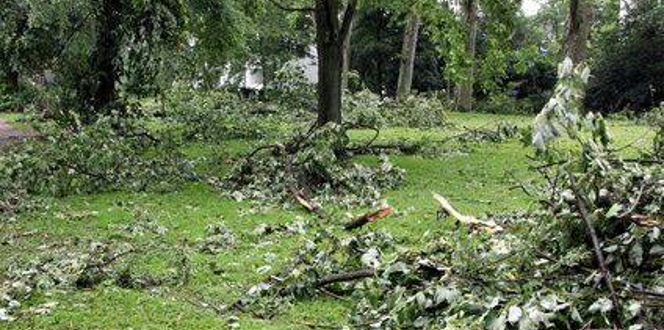Lofty, stately trees lining your driveway or standing proudly in the yard add the perfect touch to your landscape.
Then one day, a nasty storm passes through, and your previously straight tree is leaning.
This blog will discuss a few common causes for leaning trees – and if the tree can be saved or straightened.
My tree is slowly leaning over time. What can I do?
Depends on what is causing it to lean. A tree that naturally leans is less cause for concern than one caused by heavy winds.
Trees planted close to each other or nearby buildings gradually lean away from neighboring objects. This is because the tree’s trunk is adjusting to better sunlight. It’s all about location, location, location!
Don’t be alarmed by this off-center growth. Instead, keep an eye on your tree to make sure the lean doesn’t become extreme, especially if branch structure might have heavy foliar weight.
I have a tree leaning after a storm. How can I straighten it?
Trees struck with a sudden lean after a storm will likely need an arborist’s attention. If your tree is leaning close to your home, car or a common area, it could be posing an immediate threat, so call a certified tree expert.
By conducting a tree risk assessment, your arborist will determine if the tree has been affected and is a risk to surrounding structures and people. Severe weather can cause the tree’s fibers to bend, but that doesn’t mean the structure is broken. It can however mean the tree is in distress and needs attention.
How can I save a storm damaged tree that is leaning?
Look for these clear signs that your storm damaged tree is in trouble.
- Trees with cracks that affect more than half of the main trunk generally need to be removed.
- If your tree is leaning and also lost half of its branches, your tree may need to be removed.
Your arborist will carefully assess your tree for signs of failure and recommend the best next step. If there’s structural damage or your tree poses a safety risk, tree removal may be recommended.





